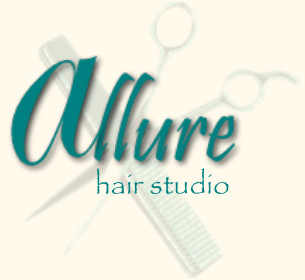Many people blame chemical services, heat from curling irons and blow dryers, and styling products for “split ends” and damaged hair. In reality, the use of substandard shampoos and conditioners can be far more damaging to the hair than any other culprit.
Most drugstore shampoos, including Pantene and Herbal Essence, are detergent based. This makes them very harsh and potentially damaging to your hair. Manufacturers of these products occasionally wander onto the right track with the addition of some conditioning agents, such as panthenol (vitamin B-5) and cetearyl alcohol (a moisturizer, not an astringent). Unfortunately, many of them also add waxes and oils that coat the hair. These ingredients build up, weigh the hair down, and do nothing to promote its health.
Another concern about non-professional hair care products is the pH (potential hydrogen). A pH of 7 is considered neutral. Higher numbers represent substances that are alkaline, lower numbers are acidic. Healthy human hair and skin maintain a slightly acidic pH of 5.5. Many alkaline perms have a pH as high as 9.5. Detergents and detergent based shampoos are alkaline by nature, as soap contains lye. The average pH of lye is 14. Professional shampoo products will generally have a pH that is slightly acid, to match the pH of your hair.
Alkaline shampoos, as well as many products that claim to “add body”, notoriously flare the cuticle layer of the hair. ( See images above .) Flared cuticles cause individual hair strands to bristle against each other, giving the illusion of body, but they also weaken the hair and do not reflect light well. The hair becomes lackluster and eventually will develop split ends.
|
A common myth is that baby shampoo is “gentle”. In reality, baby shampoo is one of the harshest detergent-based products on the market. The reason it does not sting the eyes has nothing to do with “gentleness”. It is all about pH. The pH of the human eye is slightly more alkaline than skin or hair, largely because of the salt contained in tears. Manufactures of baby shampoo have adjusted the pH of their products to match tears rather than hair, thus eliminating the sting.
A few more tips about shampooing and conditioning:
- A good, professional product will not build up on your hair. Even leaving most professional cream conditioners in the hair, without rinsing, will not make your hair oily or limp.
- Rinsing is the most vital step of the shampoo process. Shampoo molecules are designed to attract and trap particles of dirt and oil. It is the mechanical action of rinsing these molecules off the hair once they have become loaded with debris that actually cleans the hair shaft. So rinse, rinse, rinse!
- Never apply a large dollop of shampoo or conditioning product directly to the hair or scalp. Put it in your palm first and manipulate it into the hair, working it all the way down to the scalp.
- Never use a soft-bristled brush on wet hair. Damp hair can stretch 40 to 50 percent of its dry length, and can snap with rough handling. Instead, use a pick or wide-toothed comb to gently tease away the tangles. Also, never use a towel to scrub your hair dry. Blot it only, and squeeze excess moisture from the ends rather than rub it.
|

